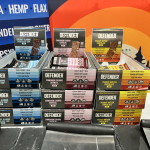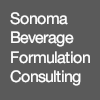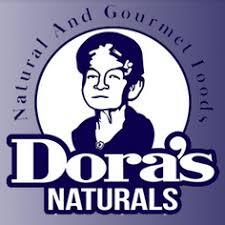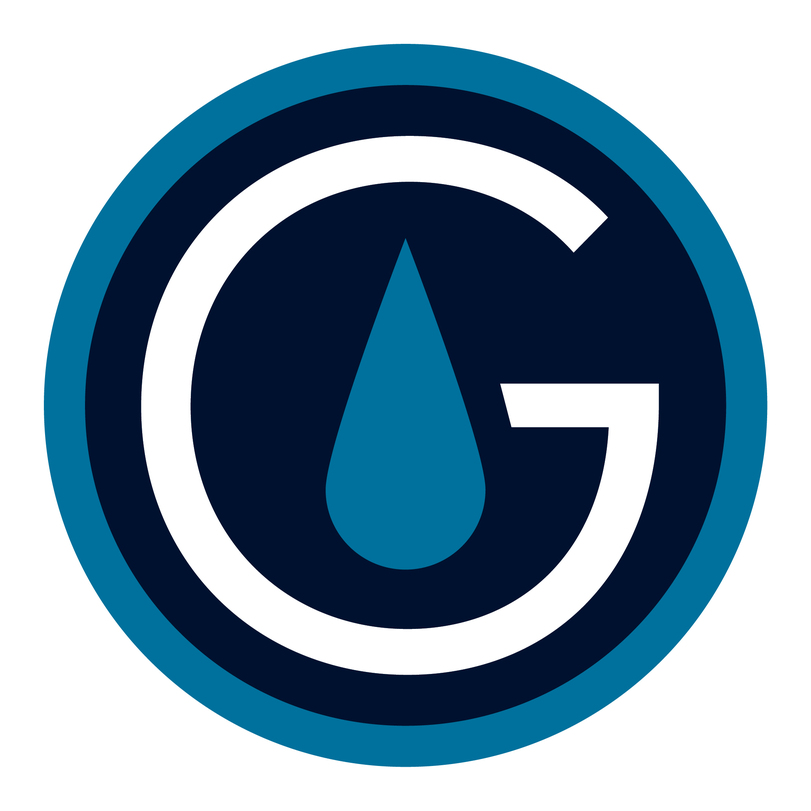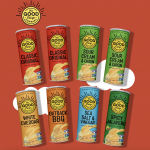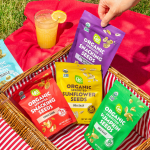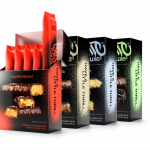Designer Protein Moves ‘Whey’ Beyond Powder
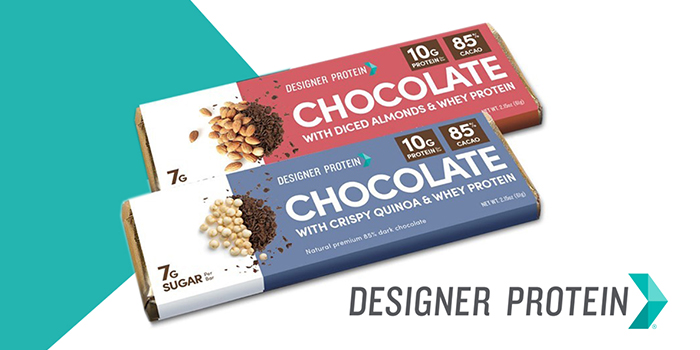
Sports nutrition company Designer Protein, which owns legacy brand Designer Whey, is looking to evolve into a broader nutrition platform. Though it isn’t outgrowing its roots in protein supplements, the company is solidifying its brand identity and moving into new categories and ingredients.
The Carlsbad, Calif.-based company, which to-date has largely produced protein powders, this week announced the launch of new protein-enhanced chocolate bars, each made with 85% natural dark cacao, 10 grams of whey protein and seven grams of sugar. The bars will launch in Crispy Quinoa and Chopped Almond varieties for $2.99 each.
The products seem to reflect the work of CEO Paul Pruett, formerly co-founder and CEO of Bubble Chocolate as well as co-founder and CEO of the Praim Group, which produced an array of chocolate bars, mostly licensing plays with other brands. Now, Pruett is marrying his past with his current role at Designer Protein, which was formed in 2011 under holding company Athena Wellness. With the backing of investment firms GarMark Partners, Northwood Ventures and Stockton Road Capital, Athena Wellness (via Designer Protein) in 2011 acquired Designer Whey, Aria Brands and the Biggest Loser, which has since been discontinued, from NextProtein, establishing the base for the Designer Protein platform.
Designer Protein products, which are made by co-packers, are sold in over 10,000 stores including Trader Joe’s, Target and the Vitamin Shoppe as well as natural retailers like Fresh Thyme and Gelson’s. The company has launched numerous sub-brands, such as Designer Protein Totally Egg and Designer Protein Sustained Energy, but the chocolate bars are their first real “food” release.

Over the past two years, Pruett has aimed to unify the portfolio, rebranding some lines to leverage the ‘Designer’ moniker that many consumers know from Designer Whey’s time in the marketplace. For example, the company this summer rebranded plant protein brand Essential 10 to Designer Plant; next up is the conversion of Totally Egg to Designer Egg by early 2021, with plans to update the other sub-brands in the coming years. That clearer brand cohesion is part of Pruett’s effort to “infuse new energy” into the platform, he said, and new categories — like the better-for-you chocolate — are on tap as part of that strategy.
The bars launched on Designer Protein’s website for preorder in mid-September, with 90% of orders coming from new consumers, Pruett said. They will start shipping Oct. 19 and largely be sold online as the company looks to gain feedback on taste, texture and price, he noted.
When they eventually reach stores, the bars will be sold in the sports nutrition aisle, Pruett said, rather than with other chocolate products. Shoppers in the candy aisle are seeking indulgence, he said, though there is opportunity for placement at checkout as well. The chocolate bars also present a way for Designer Protein to reach a new channel: convenience, which was less of a fit for protein powders, which can’t be consumed without preparation.
“It changes the equation for us — opening up discussions with that channel could represent a huge upside for us,” he said.
The company hopes to further target brick-and-mortar channels as well as invest more into e-commerce, which Pruett says has transformed the sports nutrition market. The growth of e-commerce is both an “opportunity and a threat,” he noted — allowing a lower barrier to entry for protein products versus a company like Designer Protein, which spent years building brand recognition in stores.
“The direct to consumer phenomenon is real and cannot be ignored,” Pruett noted. “Each consumer must research and vet any new entrant with a critical eye.”
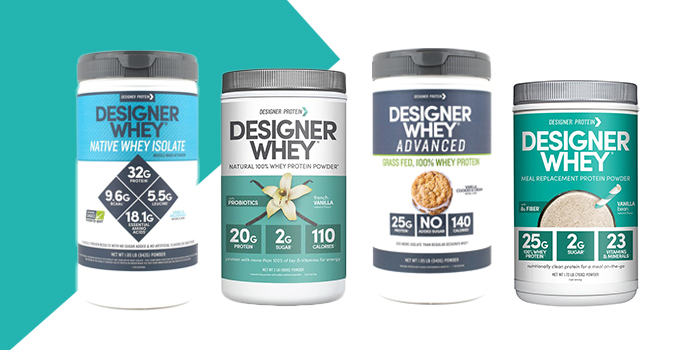
The move into new categories comes at the behest of existing consumers as well, Pruett said, though the company will remain “forever committed” to protein powders. However, innovation could include moving beyond whey and incorporating other plant sources, like hemp, as well as collagen, and maybe even insects into the portfolio.
While protein will still be the company’s backbone, there’s also a “bigger picture” — a broader portfolio with other functional benefits, such as immunity, and ingredients like superfoods. He added that the company could evolve yet again into “more of a “Designer Nutrition” platform. These additions could be internally developed, or the result of more acquisitions, he noted.
“Chocolate bars is one example, but there are other initiatives pushing forward for 2021,” Pruett said. “It is important that each product offers the consumer a greater nutritious experience versus other products currently on the market.”


